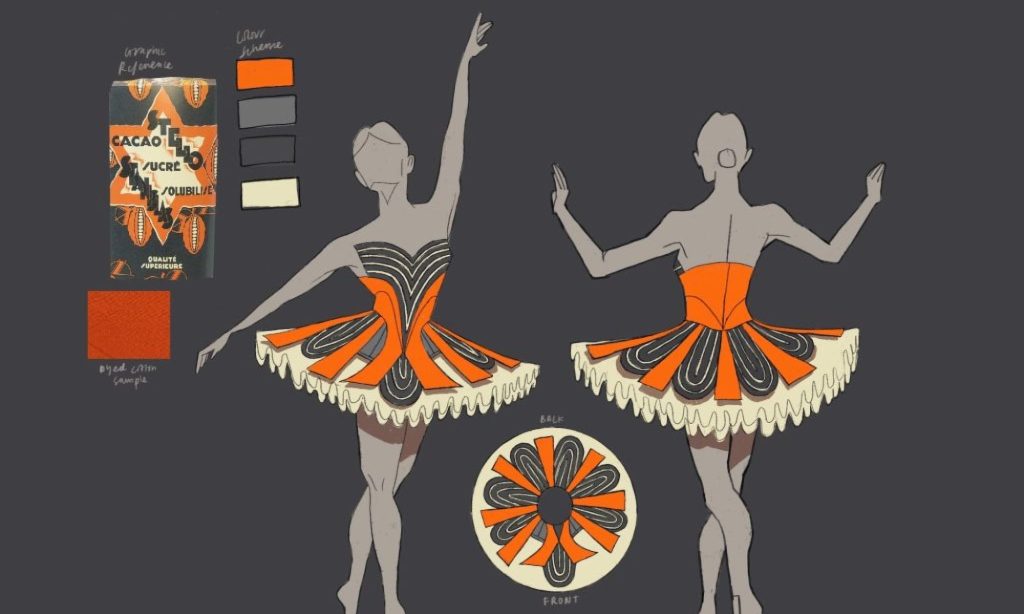In coalition with the industrial revolution, early 19th century saw an astounding increase in the production of printed materials, including music. A country dancing tune of this era might be published in dozens of written sources, each paired with a different image of dancing figures. With this, the traditional ideas of a link between tune and dance figures had been severed. In the early 19th century people were encouraged to create new figure sequences to pair with music, this process of pairing movements with sound was known as “calling” a dance. In ceremonies, couples would take turns to “lead off” a country dance and the master of the ceremony would give instructions between the dancing couple and the band, almost how a conductor manages an orchestra.
During this time, Europe was at war with each other, but dances were still borrowed between countries. Lower and middle classes were beginning to have a bugger influence on popular dance, with modified country dances replacing earlier, formal styles of dance. Balls now opened with a polonaise or a Grand March that also provided a fashion display. Stage dance as well began to take shape, being separate from the ballroom dances and is the beginnings of Classical Ballet as we know it today.

